Aviation diesel: dead end branch or ...?
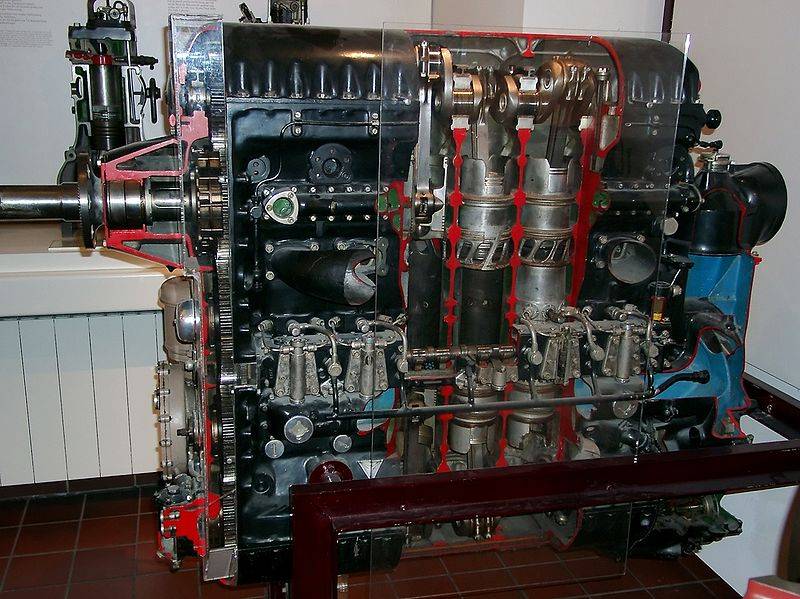
During our broadcast on airplanes, a question was asked about aviation diesel engines. The topic is completely non-ethereal, since there is not much to argue about, but there are interesting moments that have been continued in our days.
Because - here it is, an aircraft diesel.
In general, only two countries have reached the sensible use of diesel in aviation. Germany and the Soviet Union. God himself ordered the first, since Diesel was German and all developments after his death remained in Germany, but the USSR is a separate and difficult issue.
In fact, both countries began to develop the diesel theme not from a good life. There were problems with motors, the Germans still had a shortage of oil, and we had a lack of technology for its normal processing. High-octane gasolines were an unfulfilled dream for the USSR; the whole war was fought on imported high-octane fuel.
Actually, the essentially different problems of the oil plan have generated interest in diesel engines. And it was from what.
A huge plus of the diesel engine was the ability to work not on gas, but, as they would say now, on alternative fuels. That is, kerosene and diesel fuel. Yes, kerosene of that time could normally be charged into a diesel engine, and the engine chewed it perfectly. Even modern diesels may well use kerosene as winter fuel at very low temperatures, you only need to add cetane-raising additives.
Kerosene was not as flammable as aviation gasoline, and there have been no problems with its forcing out of oil since 1746.
Minus consider a large mass of a diesel engine compared to a gasoline counterpart.
It turned out a situation in which it was a sin not to try to develop engines for aircraft that would run on that fuel, which is easier to drive out. Logically, isn't it? Especially when there is development. The Germans quite in a friendly manner shared their recipes, and in the USSR work also began to boil.
Each country has gone its own way.
As the work progressed, it became clear that the diesel engine is not for the fighter. He went too leisurely, unable to respond to the demand to quickly increase speed. However, this is still relevant.
Therefore, the Soviet (let's start with us) designers immediately assigned the niche of long-range and heavy bombers to an aviation diesel engine. Firstly, the planes themselves were large and were not afraid of the mass of the engine, and secondly, cost-effectiveness, which means that the range were the determining factors.
Unlike the Germans, our designers were tasked with removing the maximum possible power of 1300-1500 hp from diesel engines, which was a somewhat fantastic figure. In the country at that time they could not create a gasoline engine of such power, but here the diesel ...
But it was precisely on engines of such power that would be able to accelerate a bomber weighing 13-15 tons to an acceptable speed of 400 km / h and provide a range of 2500-3000 km, Soviet designers were oriented.
Andrei Dmitrievich Charomsky should be considered unconditionally the main diesel engine of the country.
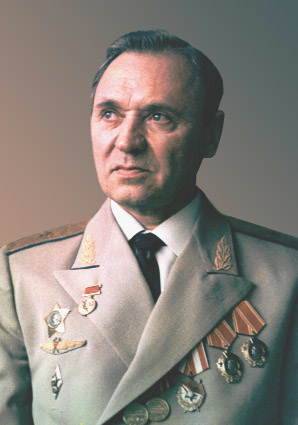
Under his leadership, the TsIAM team (P.I. Baranov Central Institute of Aircraft Engine Engineering) developed the AN-1A diesel engine with a capacity of 900 hp, which was completely inferior to gasoline engines at low (up to 2500 m) heights. AN-1A became the basis for further development of these engines, having successfully passed tests on the TB-3D bomber.
Then Charomsky was arrested as a pest, and on the basis of the AN-1A, two engines were developed, the M-40 (the work was carried out at the Kirov plant in Leningrad under the leadership of V. M. Yakovlev) and the M-30 (Sharaga at factory number 82 in Moscow under leadership of S. I. Zhilin and A. G. Takanayev).
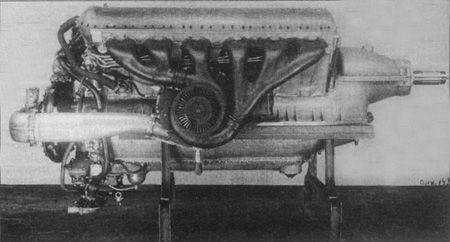
The work was carried out in a "top secret" mode, it reached insanity: military representatives, being from another department, could not get access to the motors to control product quality. Tolerances issued personally by the People's Commissar of the aircraft industry A.I. Shakhurin.
The development of both models of engines was carried out in the direction of preserving the working volume, cylinder diameter and piston stroke towards increasing take-off power and altitude of the motor. The height of the engines should have been provided by two-stage turbocompressors, TK-88 on the M-40 and TK-82 on the M-30. Four turbocompressors were installed on each engine.
By 1940, the engines were not finished, but there was no particular need for them either. The diesel engine was considered exclusively as a political engine capable of providing round-the-world flight of a record aircraft under the control of M. M. Gromov. There was such a project.
The flight did not take place, because they could not get the required motor resource of 100 hours from both engines. Factories and designers were instructed to conduct bench tests by August 1940, and by autumn to install motors on the TB-7 and DB-240 aircraft (the future EP-2) for flight tests.
Frankly, diesels are overrated. It seems that the Soviet aviation leadership was expecting some kind of miracle from the engines, since in 1941 a commission met at the Air Force Research Institute, which determined the requirements for a new aircraft for M-40F forced diesels as much as 6 kg !!!
The aircraft being developed should, according to the commission (led by Major General Filin), carry one FAB-2000 bomb in the bomb bay, and two (!) On the external sling!
It is difficult to say what was happening in the soul of the designer Eromolaev, but I do not think that everything was radiant with happiness. For only when 8 ASH-1944F engines (4 hp) were installed on the Pe-82 in 1700, only then the Pe-8 was able to take 6 kg of bombs in exceptional cases and over short distances.
And then 1941 ...
In addition, without waiting for the start of testing, the Shakhurin department (NKAP) issued an order to Voronezh Aircraft Plant No. 18 for the construction of 90 Er-2 aircraft with M-40F diesel engines in 1941, and 800 aircraft in 1942.
It is clear that all these plans were destroyed by the war. But it’s better that way, because the engines could be brought to a flying condition just before the start of the war.
Only on July 23, 1941, the head of the NKAP LII, M. M. Gromov, approved the test act of the Yer-2 aircraft with M-40F engines. In tests, an aircraft with diesel engines showed a speed of 448 km / h with a design speed of 480 km / h. After eliminating numerous shortcomings, the cars were given the green light, but a war broke out, bringing with it the end of diesel aircraft.
We are talking about the famous raids on Berlin in August 1941. Eight TB-10 aircraft with M-8 engines were to take part in the operation on August 7. In fact, seven cars took part in the raid, as the eighth crashed during takeoff. Of the remaining seven, ONE (!) Plane returned to its airfield in Pushkin. The rest, alas, were forced to sit in different places precisely because of the failure of the M-30 engines.
Well, and as usual with us, all the shortcomings of diesel engines, to which the NKAP leadership eagerly turned a blind eye to the Berlin debacle, “suddenly” came to light and became a sufficient basis for the almost complete curtailment of the diesel program. True, at first it was decided to reject the M-40F, and the M-30 was "banned" a little later.
Ermolaev fought for his plane to the last. On August 5, 1941, he addressed a letter to the narcotics industry drug Shakhurin:
However, the fate of the M-40F was almost decided by the unsuccessful raid of the TB-7 on Berlin. In addition, Kharkov was lost, but even before the loss of the city, the Kharkov Tractor Plant was transferred to the production of V-2 diesel engines and tanks T-34. And in the fall of 1941, it became impossible to carry out work on the M-40F in Leningrad, as the Germans began the blockade.
If you turn to historical documents, you can see that the full set of documentation on diesel engines of the Design Bureau of Ermolaev in the first half of 1941 was transferred to Voronezh. However, plant number 18 assembled aircraft, and did not build engines. Therefore, it was simply unrealistic to quickly establish the production of the M-40F in Voronezh. And in 1942, the evacuation of this plant also began.
In general, by the beginning of the war, about 200 aircraft diesel engines of both brands were produced in the USSR. First of all, the engines were installed on the TB-7, in the second - on the EP-2. The results were disappointing: during the tests, only 22% of the M-40 engines and 10% of the M-30 engines were able to run for more than 50 hours, while approximately every third diesel engine failed, without having served even 10 hours.
In fact, the program of aircraft diesel engines was curtailed, the released EP-2s were transferred to AM-35 and AM-37.
But Ermolaev and Charomsky did not give up. They really wanted the Air Force to receive a long-range bomber. And in 1943 they were presented to the court of Er-2 with M-30B motors.
The letter “B” in the name of the engine meant that the supercharging was carried out in a combined way: in addition to the two turbochargers left, Charomsky supplied the diesel with a drive supercharger borrowed from the AM-38 engine. This ensured the stable operation of the motor at high flight altitudes.
The weight of the empty machine increased to 10325 kg (which is almost one and a half tons more than that of the EP-2 2AM-37), and the maximum take-off (estimated) - up to 17650 kg. The crew did not change and included the pilot, navigator, gunner and gunner-radio operator.
The tests were carried out in February 1943 by the forces of the Air Force Research Institute. The plane was tested by engineer-lieutenant colonel N.K. Kokorin and pilots Colonel Alekseev and Major Lisitsin. According to pilots, the plane was easy to pilot in almost all modes. Its maximum speed compared to the version with AM-37 decreased to 429 km / h, but the calculated maximum flight range exceeded the originally set for the EP-2 and reached a fantastic 5500 km.
The bomber became more tenacious, because kerosene caught fire in the cold air extremely reluctantly. The total mass of armor reached 180 kg, while the pilot received a 15-mm armored back. The upper turret was equipped with an electric drive, which facilitated the work of the shooter. Now a 360 ° rotation was carried out in just 6 seconds.
In a letter to the head of the Air Force Research Institute, Lieutenant General P. A. Loskutov, dated June 1, 1943, Ermolaev indicated that the new version of his bomber was twice as large as the number of bombs delivered to the target, IL-4. In addition, Er-2 had an advantage over Ilyushin's aircraft in terms of flight speed - both at the ground and at altitude. In particular, with a flight range of 3 km, the Il-000 could take 4 kg of bombs on board, and the Er-1000 2M-2B - 30 kg.
There were, however, cons. Low rate of climb, long take-off distance, inability to fly without loss of altitude on one engine. The car turned out to be heavy, the engine power was again not enough.
However, there was such a remark:
In general, it should be recognized that a normally working aviation diesel engine in the USSR could not be done. Yer-2 did not take its place in the ranks of combat aircraft, since several dozen equipped M-30 Yer-2s during the war did not make so many sorties.
This is not to say that all the work went to waste, since the M-30 (M-400F-50) engine with a capacity of 3 liters became the follower of the M-800. from. and M-401 (turbocharged) with a capacity of 1000 liters. from. These engines moved from heaven to water and were installed on the high-speed vessels Zarya, Rocket, Voskhod and Meteor.
Alas, the diesel engine on Soviet bombers did not play any significant role.
Now let's see what the Germans had.
And the Germans had Junkers. Professor Hugo Junkers.
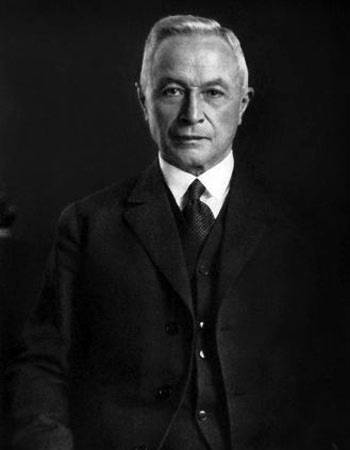
At the end of the First World War, Junkers switched to work on transport and passenger aircraft. With the expansion of production at Junkers in 1923, the Junkers Motorenbau GmbH was established, where work began on the creation and production of aircraft engines, including diesel engines.
Junkers worked on the development of an aviation diesel engine for 20 years and achieved the best results with the Jumo.205 engine.
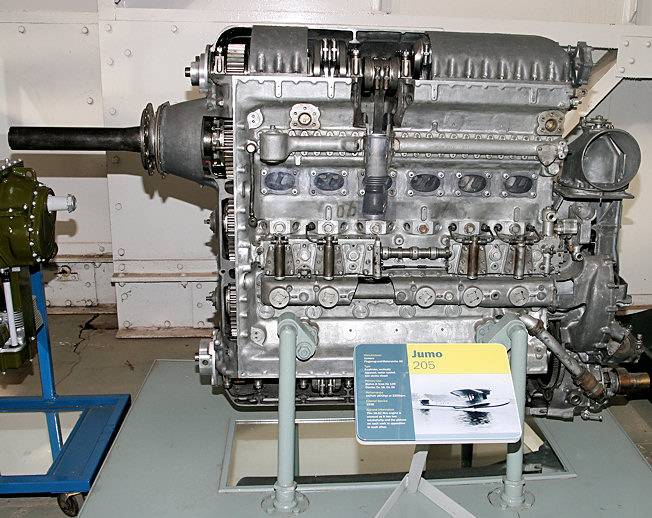
But the first real aviation diesel was the Jumo 204, a 740-cylinder diesel engine with 24 hp. This diesel engine was installed on Junkers G1929 aircraft and was successfully operated until XNUMX.
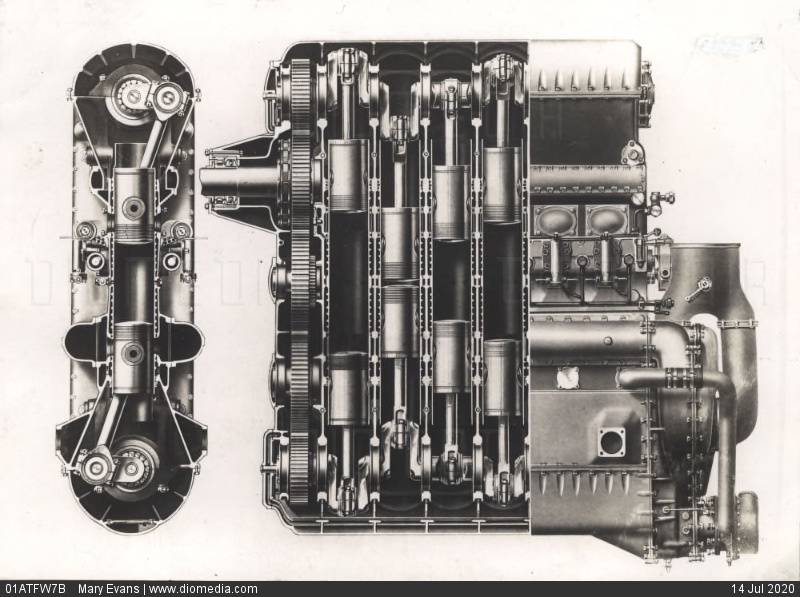
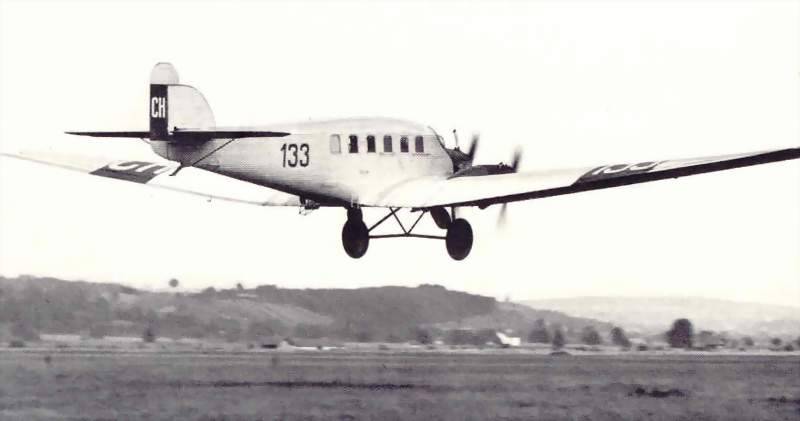
The Jumo 204 diesel proved to be a successful engine that was used on other aircraft as well. The list consists of very famous models: Junkers F.24kay, Junkers Ju.52, Junkers Ju.86, Junkers G.38, Blohm & Voss BV.138.
But the best diesel aircraft engine really can be considered Jumo.205, the development of which began in 1932. It was one of the few successful diesel aircraft engines in the world. Jumo.205 became the basis for creating a whole family of diesel engines.
The engine showed excellent performance at constant load, but reacted to a sharp increase or decrease in speed, like Soviet engines, with a drop in power or even could die out. Plus, the Jumo.205 could not be called a high-altitude motor: over 5000 meters, engine power dropped sharply by 20-22% or even more.
The engine was used on the following aircraft models: Blohm & Voss BV.138, Blohm & Voss Ha.139, Blohm & Voss BV.222, Dornier Do.18, Dornier Do.26, Junkers Ju.86.
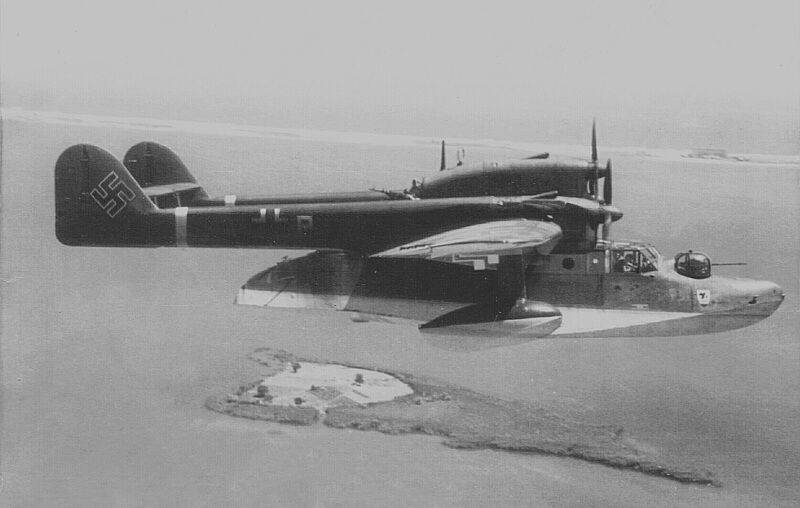
In fact, Junkers diesels were installed on those aircraft that were guaranteed from meetings with enemy fighters. Patrol ocean and sea flying boats, scouts and so on. That is, aircraft that did not require vigorous maneuvering, but required a maximum flight range.
However, despite the excellent efficiency and, accordingly, excellent range, Jumo.205 diesels did not live up to expectations. They worked well under constant and continuous load, but poorly tolerated the change in speed, which was required during combat maneuvering. This drawback was never fully overcome.
Plus, Jumo.205 engines required extremely qualified service by specially trained personnel. And if this could still be solved in the Luftwaffe, then the attempts to “land” the Jumo.205 and make the tank engine failed completely. Precisely because the engine was unnecessarily demanding in terms of maintenance.
Despite a decent list of aircraft, several dozens of the total were equipped with diesels. Although the interest in the Luftwaffe in the diesels eventually waned, the Junkers continued to work on improving the Jumo.205 aircraft diesel engine and in 1939 released a high-altitude version - the Jumo.207 with two centrifugal superchargers: the first with an exhaust drive, the second with a mechanical drive and with an intercooler.
The peak of the development of aviation diesel engines from Junkers was a truly monstrous thing called Jumo. 224. This engine, in fact, was a rhombus of four Jumo.207 engines. 24-cylinder 48-piston two-stroke liquid-cooled diesel engine with counter-piston movement.
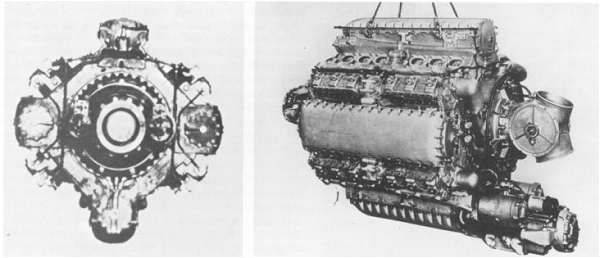
This nightmare weighed 2 kg and was supposed to produce 600 hp. on takeoff and 4 hp at an altitude of 400 km. The engine was not assembled even for testing, did not have time. Photos that have come down to us are mock-ups.
This, so to speak, construction was very interesting for our engineers after the end of the war. Research and tests have been carried out, but Jumo.224 is the subject of a separate article, here I can only say that a report was filed in the name of the Deputy Minister of Aviation Industry of the Major Aviation IAS M. Lukin, in which, after describing the engine and analyzing the capabilities, the following conclusions are made:
1. The YuMO-224 aviation diesel engine, built in the form of a rhombus according to the Junkers scheme, has major major defects, such as: a large specific forehead, exceptional design complexity, requiring many years of refinement work.
For several years of construction and refinement of YuMO-224, its data will sharply lag behind all developing gasoline engines.
2. The design flaws of the YuMO-224 project stem from the adopted power circuit concept. Such bottlenecks as landing and sealing sleeves, the operation of one piston only for exhaust, lack of access to 48 nozzles, crankcase complexity, etc. cannot be eliminated without radical breaking the selected concept.
3. Industrial and technological engine is extremely complex. A 4-fold increase in the number of cylinders leads to manufacturing defects in production, creates a multi-part machine, making it unreliable in operation.
4. According to the conclusions of paragraphs. 1, 2, 3 YuMO-224 diesel engine cannot be introduced into mass production in the conditions of the USSR.
5. To resolve the issue of the construction of YuMO-224 aircraft diesel engines, we consider it necessary to attract highly authoritative specialists to work, such as Ch. Designer of the plant No. 500 A.D. Charomsky, ch. Designer z-da N 45 V.M. Yakovleva and the beginning. diesel department TsIAM A.I. Tolstoy.
The beginning OKO z-da N 45 Malikov I.N
The beginning Design Bureau of the diesel department TsIAM Yakovlev I.V.
Leading designer of design bureau z-da N 45 Grishin B.M.
Soviet engineers were familiar with the forerunners of Jumo.224, since Jumo.4 and Jumo.205 were purchased and studied in the 30s in the USSR, so our experts perfectly understood and soberly evaluated their forces in the production of such engines.
It so happened that the diesel still migrated from heaven to earth. But the reason was the elementary technical progress that spawned turbojet engines, which eventually replaced both gasoline and diesel engines.
Two countries were able to build aviation diesel engines, each has something to be proud of. The diesel engine was an interesting engine for long-range aircraft, it could well carry transport and passenger aircraft. Perhaps this was the initial mistake - to install diesel engines on military aircraft, but there is nothing to be done.
It is impossible to say that we have achieved the same success as the Germans. The designers of the two countries went on different routes, the German engineers, perhaps, achieved great success, but: Diesel left them all. Our engineers went their own way, and Charomsky with his students passed it more than worthily.
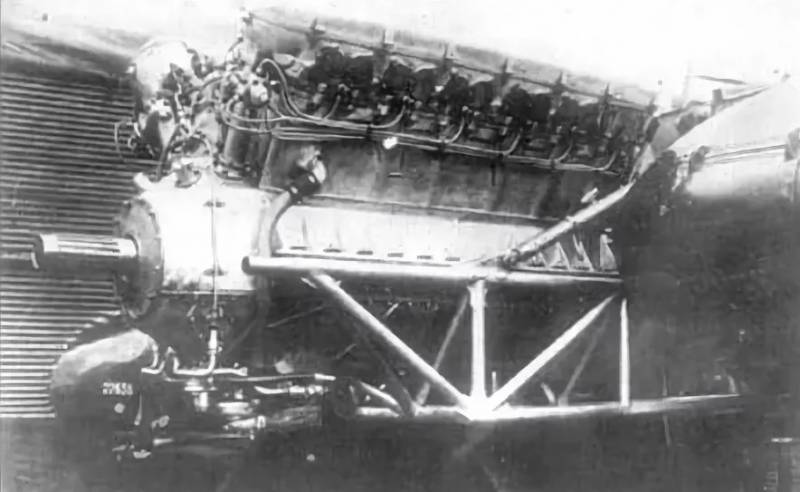
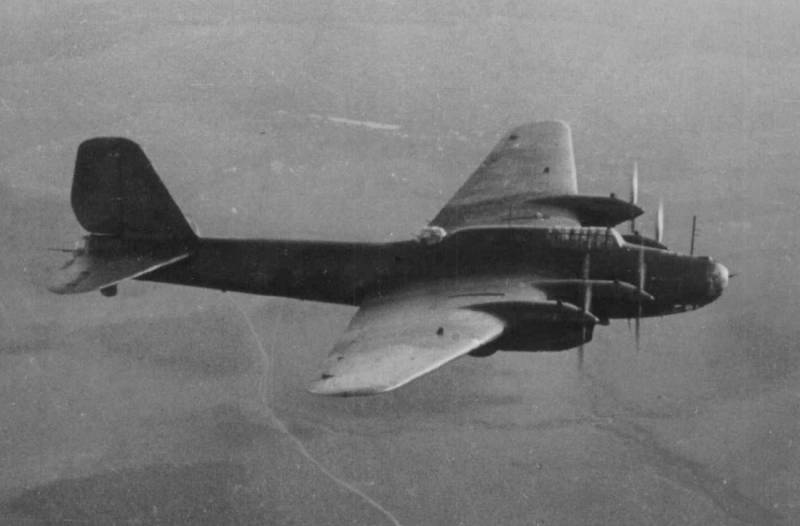
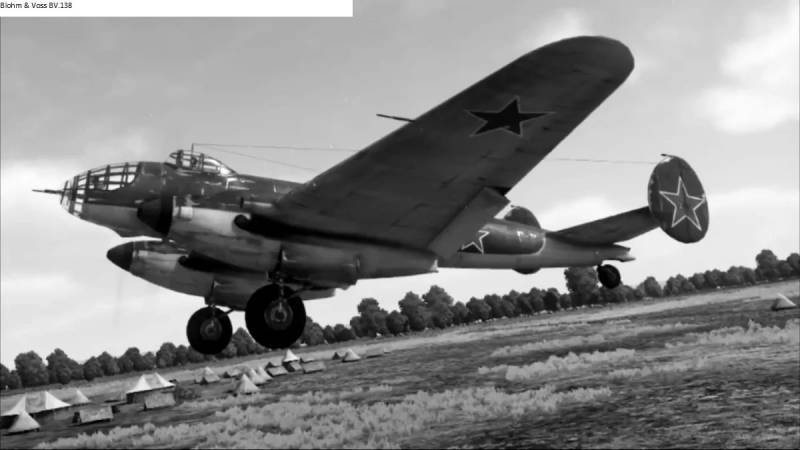
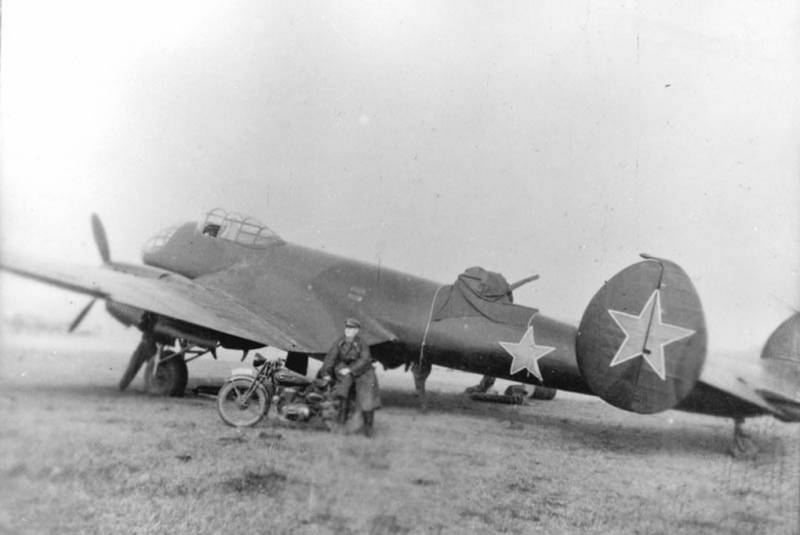
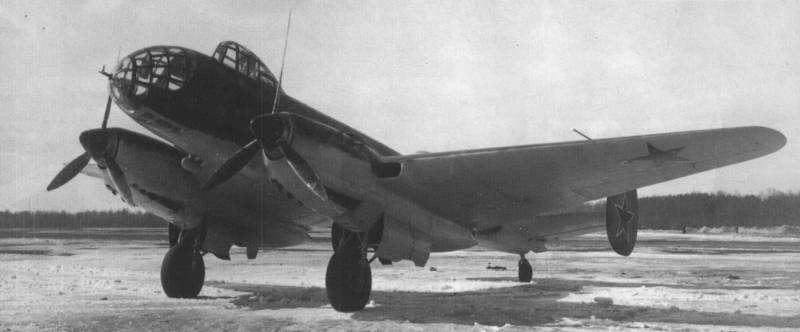
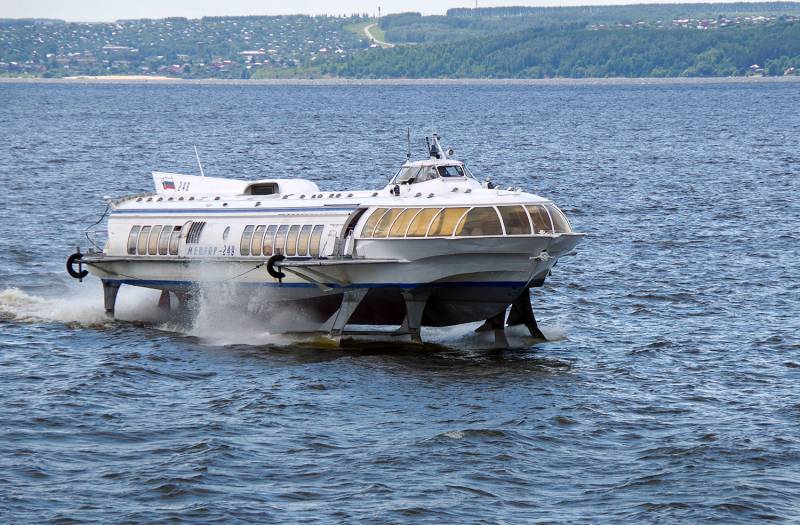
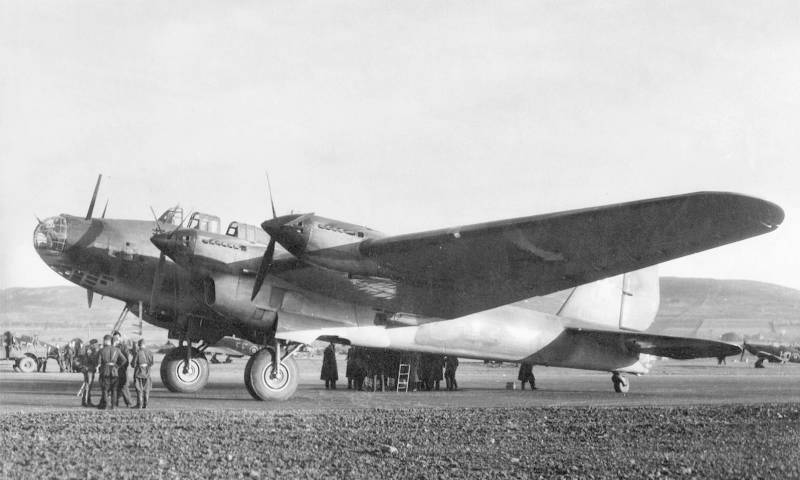
Information